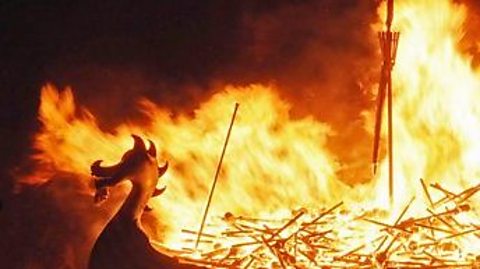1. Before you go
Blue-chested warriors, human sacrifice and lots of porridge; 'Celtic Britain' was not a destination for the faint-hearted.
But get over those initial off-putting impressions, and you would have found a territory made up of a diverse array of cultures. In fact, the people of 'Celtic Britain' had a greater affinity to their tribe or region than any overarching sense of nation.
There's plenty to explore and experience, so step back in time and discover what Britain was like in the Iron Age.
2. Where to stay
Click through the postcards to see the accommodation on offer in Iron Age Britain.
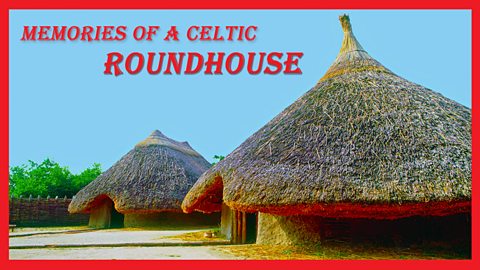
Image caption, Roundhouse: Standard accommodation built from mud-bricks, with charming features including a central hearth, bread oven and a grain pit. Its single entrance, facing the south-east, allows the morning sunrise to flood the house with light.
1 of 4
3. Travellers' essentials

4. CLICKABLE: Things to do
You can't experience everything Celtic Britain has to offer in a single trip, but here’s a guide to some of the must-see sights. Click the labels to find out more.
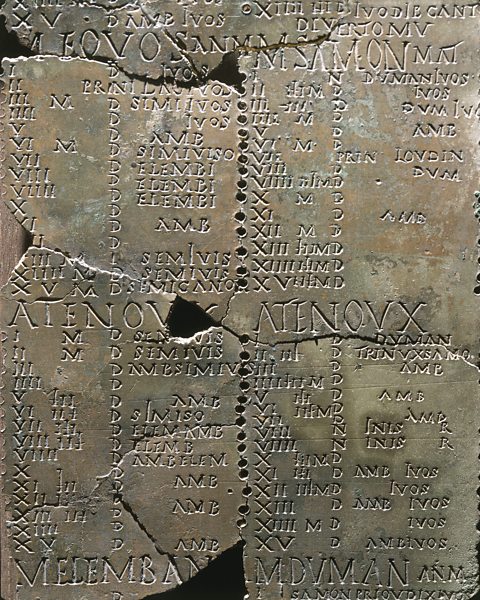
5. Useful phrases
Celts in Britain share a common language, developed over centuries through contact with tribes along the Atlantic fringe. It's an oral tradition so we have no written accounts of Celtic life or language – we have to rely on Classical sources for that. There are regional differences, but these phrases should help you get by during your visit:
"Poi wedoi essi ti?"
"Hello, how are you?"
Although they have a reputation for being hot-headed, many Celts are well socialised thanks to regular trade with tribes in Western Europe. Greek historian Diodorus Siculus recommends seeking out the inhabitants of Belerion on the Cornish coast, a tribe 'especially friendly to strangers.'
"Arut regami mag."
"I honour you, long-haired lord."
Celtic society is very hierarchical. The warrior elite command loyalty from their people based on their ability to keep the tribe safe and well-fed. If you fail to ingratiate yourself, expect to feel the sharp end of an iron sword or spear.
"Monnimi prinuman turki."
"I want to buy a boar."
Feasting is an important communal event and a chance to improve your social standing. Celts look kindly on those who can bring booze or meat to the table - rare luxuries in Celtic daily life - so impress your fellow diners by bringing along an indulgent offering.
"Peiu legiu esti sindon?"
"Where is the sacred grove?"
Celts mark the changing of the seasons with religious festivals. Expect bonfires, unbridled alcohol consumption and lavish gold offerings to the gods.

Learn more about this topic:
The Story of Britain. collection
A series of animated films showing the story of Britain from the stone age through to the Norman conquest.
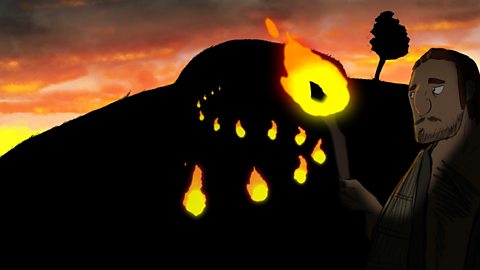
The Norman Conquest and 1066. collection
Animated series exploring the key events of the battle for the throne in 1066 and how William the Conqueror secured power.
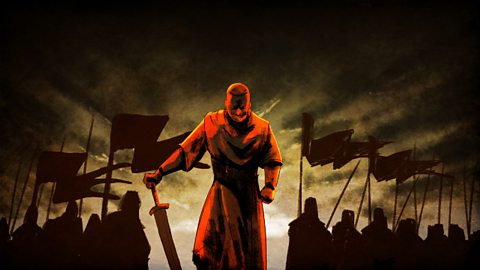
How do you get to Viking Valhalla? document
Viking Valhalla was a hall in Asgard where the god Odin welcomed warriors after they were slain in battle.
